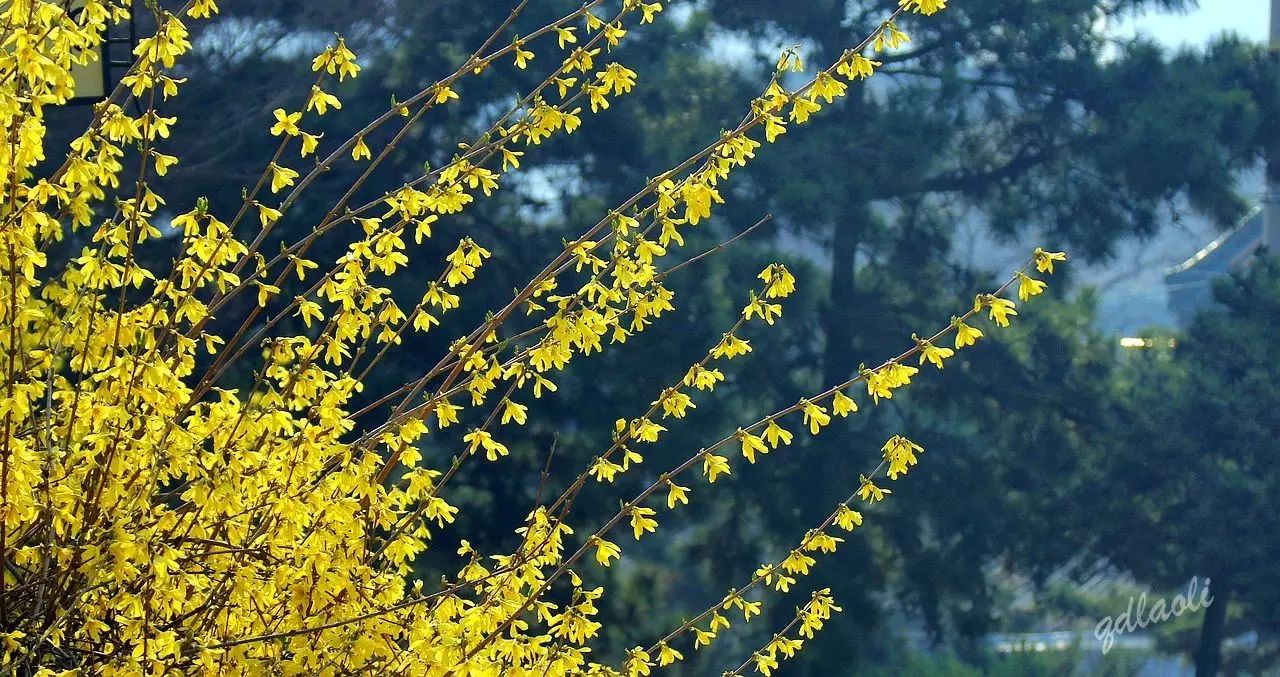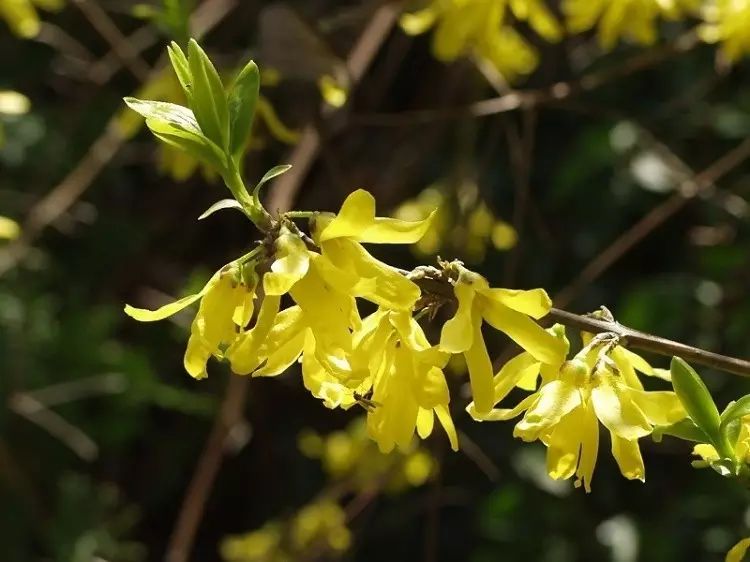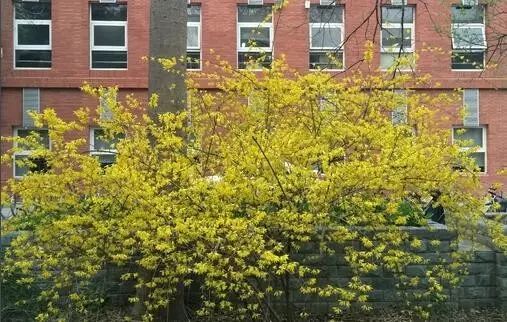The Forsythia (Liánqiào) is a precious flowering plant that typically blooms in early spring, specifically in March. However, there have been reports indicating that Forsythia can bloom a second time in early winter, with photographic evidence to support this.



Experts suggest that this unusual occurrence may be due to the climatic conditions in early winter being similar to those of the blooming season. When environmental factors such as nutrition and temperature are suitable, it can disrupt the internal rhythms of the plant, prompting Forsythia to bloom out of season. This “second bloom” is indeed a rare spectacle.

The Forsythia belongs to the Oleaceae family and is also known by various names such as Huánghuātiáo (Yellow Flower Branch), Liánkē (Linked Shell), Qīngqiáo (Green Forsythia), Luòqiáo (Falling Forsythia), and Huángqídān (Yellow Wonder). It typically blooms before the leaves appear in early spring, producing fragrant, bright yellow flowers that make it a beautiful ornamental shrub. The plant can grow up to 3 meters tall, with bushy branches and hollow, drooping yellow twigs. The leaves are opposite, either single or in groups of three, oval or oval-shaped with serrated edges. The flowers are yellow, appearing in clusters of 1-3 in the leaf axils; the fruit is oval, elliptical, or long-elliptical, with a beak-like tip and a surface with sparse pores; the fruit stalk is 0.7-1.5 cm long. The flowering period is from March to April, and the fruiting period is from July to September.

In mainland China, Forsythia is distributed across provinces such as Hebei, Shanxi, Shaanxi, Gansu, Ningxia, Shandong, Jiangsu, Henan, Jiangxi, Hubei, Sichuan, and Yunnan. The fruits are harvested in autumn when they are initially ripe and still green, cleaned of impurities, steamed, and dried, commonly referred to as Qīngqiáo (Green Forsythia); when the fruits are fully ripe, they are harvested, dried, and cleaned of impurities, known as Lǎoqiáo (Old Forsythia). Forsythia is a traditional Chinese medicine used for clearing heat and detoxifying, primarily treating conditions such as the onset of febrile diseases, wind-heat colds, fever, irritability, sore throat, and acute nephritis.



Plant Culture
The Forsythia is the city flower of Seoul, the capital of South Korea.
On campus, it is mainly found on the lawn in front of Building No. 1 on Bayi Avenue. During early winter, students can visit Building No. 1 to witness the spectacular “second bloom”.
Material provided by: Bai Lijun, Zhu Qiuping
Edited by: Ling Yun, Qin Xue
Reviewed by: Xu Jingzhong

